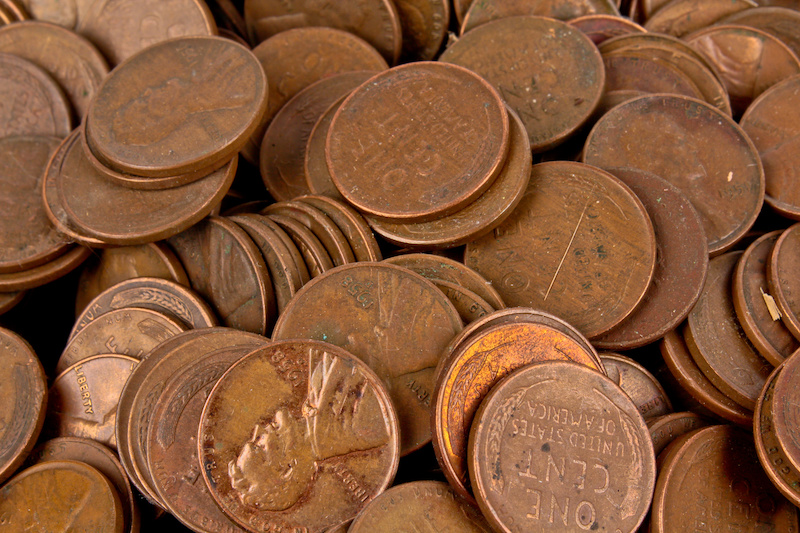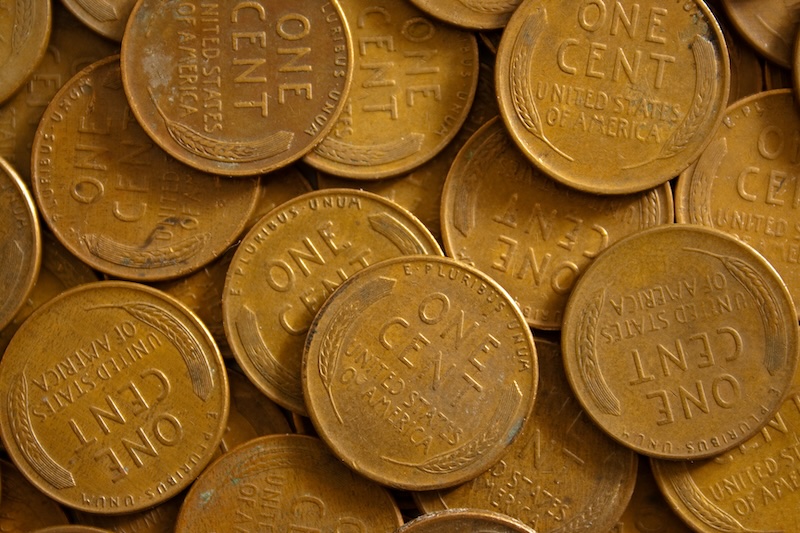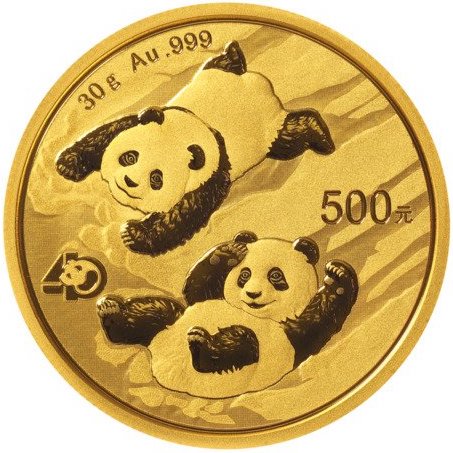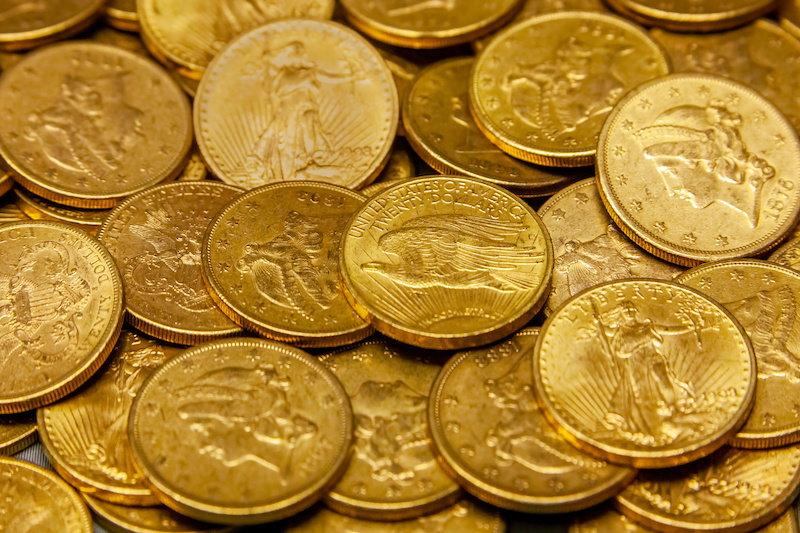The U.S. Mint has placed its final order for penny blanks, signaling the end of the one-cent coin’s production by early 2026. This decision, driven by rising production costs and changing economic practices, the 2025 mintage year marks the conclusion of the penny that has been in circulation since 1793.
A Brief History of the Penny
The penny, officially known as the one-cent coin, has been a cornerstone of American currency since the Mint’s inception. Introduced in 1793, the penny has undergone several transformations in design and composition.
Authorized by the Coinage Act of 1792, the cent was one of the first coins produced, alongside the half-cent. Early cents, such as the Large Cents minted from 1793 to 1857, were made of pure copper and were significantly larger than today’s coins, roughly the size of a modern quarter.
In 1857, rising copper prices prompted the Mint to introduce the smaller Flying Eagle Cent, marking the debut of the “Small Cent” era. By 1864, the composition shifted to a copper-nickel alloy, and in 1982, due to further increases in copper costs, the modern penny adopted its current composition: 97.5% zinc with a 2.5% copper plating.
The penny’s design has also evolved, reflecting American history and culture. The Lincoln Cent, introduced in 1909 to commemorate Abraham Lincoln’s centennial, was the first U.S. coin to feature a president’s portrait. The reverse has seen multiple iterations, from the Wheat Ears (1909–1958) to the Lincoln Memorial (1959–2008) and the Shield design (2010–2025). With over 500 billion pennies minted since 1793, the coin has been a ubiquitous symbol of American commerce.
Economic Factors Leading to Discontinuation
The cost of producing a penny has consistently exceeded its face value. In 2024, it cost approximately 3.69 cents to manufacture a single penny, leading to an $85.3 million loss for the U.S. Mint that year. This financial imbalance has persisted for nearly two decades, prompting discussions about the coin’s viability.
President Donald Trump directed the Treasury Department to cease penny production, citing wasteful spending. The final order for penny blanks was placed in May 2025, with production expected to halt once the current supply is exhausted.
Implications for Coin Collectors and the Public
The end of the penny is a historic moment. The 2025 Lincoln Shield Cents, likely the last pennies minted for circulation, are expected to attract significant attention.
The discontinuation of the penny presents both challenges and opportunities for coin collectors. While the coin will remain legal tender, its scarcity may increase its value among collectors.
Historically, coins from the final year of a series, such as the 1932 Washington Quarter or the 1969 Lincoln Cent with doubled-die varieties, often gain value due to their scarcity and historical significance.
The cessation of penny production may also boost interest in earlier Lincoln Cents, particularly key dates like the 1909-S VDB, 1914-D, and 1931-S, or varieties like the 1955 Doubled Die.
While the Mint has not announced plans for special collector editions, numismatists anticipate that speculators and collectors will hoard 2025 pennies, particularly those in uncirculated condition or from specific mints (Philadelphia and Denver). The San Francisco Mint, which produces proof coins, may issue final proof pennies, potentially commanding premium prices.
However, with billions of pennies in circulation, the 2025 pennies are unlikely to become rare in the near term. Their numismatic value will depend on condition, mint mark, and any unique varieties or errors.
Collectors should focus on acquiring coins in Mint State (MS) grades, especially MS-65 or higher, as these will likely be sought after.
Conclusion
The end of the 2025 penny marks a significant shift in U.S. currency history, driven by economic considerations and evolving transaction methods. While it may evoke nostalgia, the decision reflects a practical response to the changing financial landscape. Collectors and enthusiasts will undoubtedly preserve the legacy of the penny, ensuring its place in American numismatic history.






